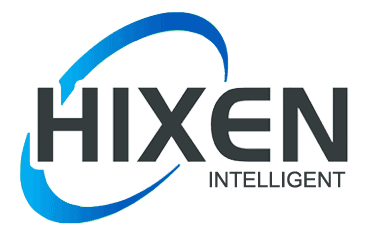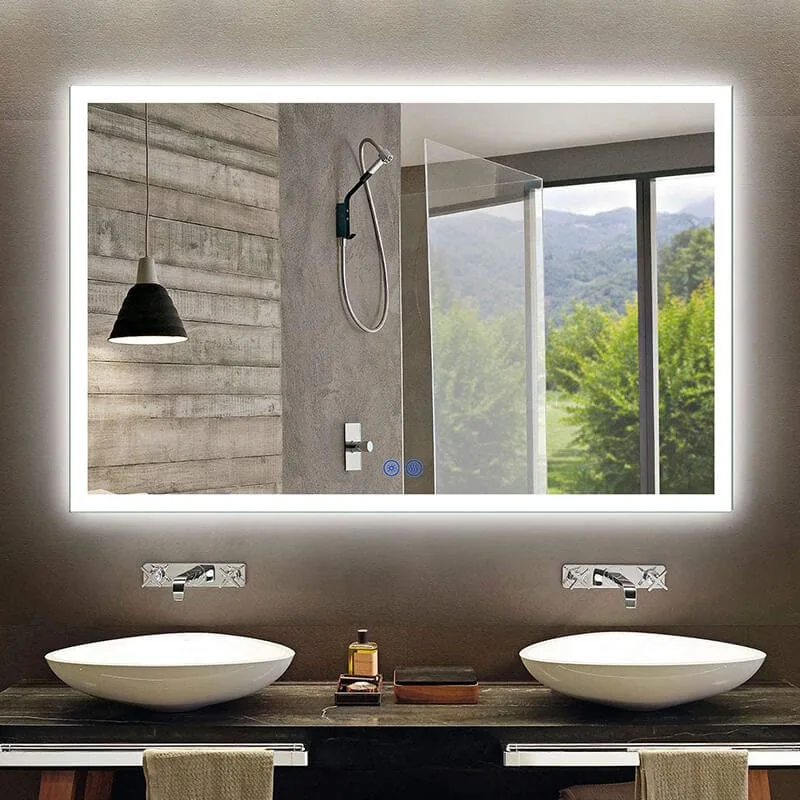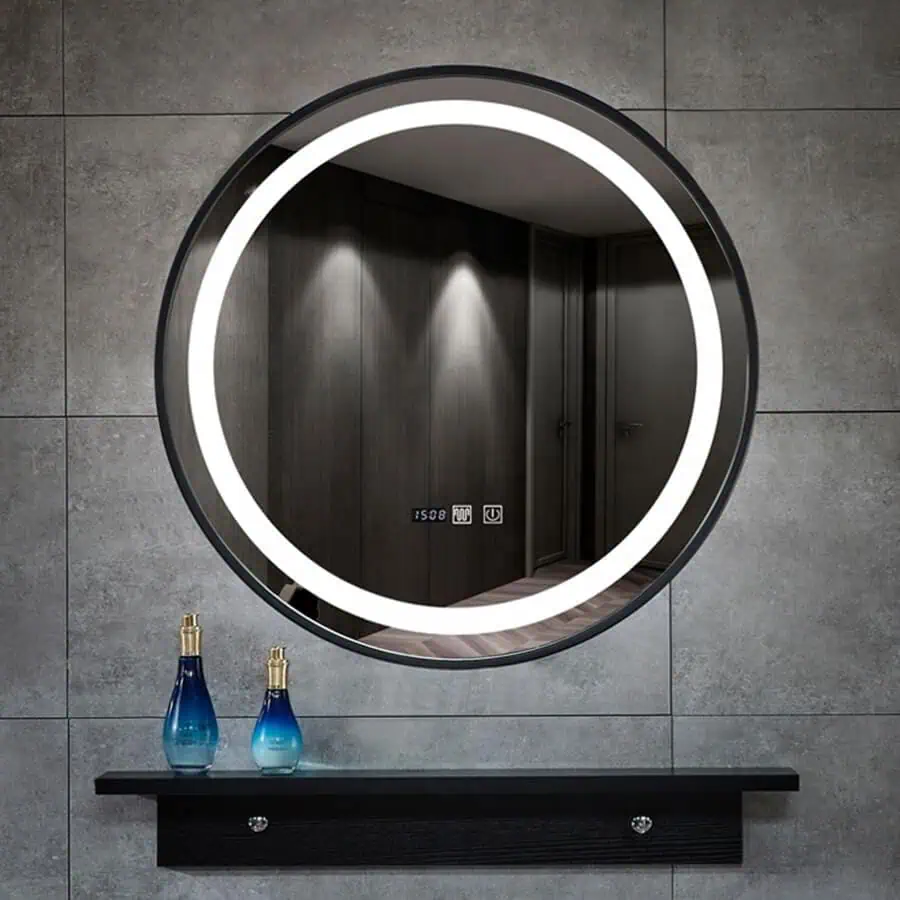When purchasing LED mirrors, quality, and certifications matter. Without the right certification and quality checks, you run the risk of having a product fail or causing legal problems.
Certifications such as CE, UL, RoHS, and FCC guarantee that LED mirrors meet international safety and environmental standards. Thorough quality checks, including visual inspections, electrical safety, and durability testing, ensure long-lasting and safe products. Prioritize these factors to avoid defective products and ensure reliable performance for your projects.
In this article, we’ll cover the most important certificates and quality checks that you need to think about when buying LED light up mirrors. This will help you make good decisions whether you are a hotel project manager, an apartment project manager, or an LED bathroom mirror dealer looking for trustworthy products that meet international standards.Now let’s dive in and explore further the key elements and certifications to look for when sourcing light LED mirrors for your business or project.

Table of Contents
ToggleWhy Are Certifications and Quality Checks Important for LED Mirrors?
Certifications and quality checks are important for several reasons. They confirm that the products you are purchasing are in line with local laws, meet safety requirements, and have been tested for durability and performance. When you are sourcing backlit LED mirrors for projects, especially in international markets, you need to look for these things to avoid potential problems like product recalls, safety issues, or an uptick in customer complaints.
For instance, picture yourself sourcing frontlit LED mirrors from a company that does not comply with international safety standards. If the manufacturing is poor, then you could be looking at electrical fire or electrical shock hazards in an environment with a lot of moisture, such as a bathroom. This means legal issues, increased warranty claims, and a damaged reputation. On the other hand, having certified products with rigorous quality checks in place can protect you from all these risk factors and ensure that you can deliver to your customers products that meet their performance and safety expectations.
Let’s take a closer look at the essential certificates and quality checks you need to think about when buying LED vanity mirrors.
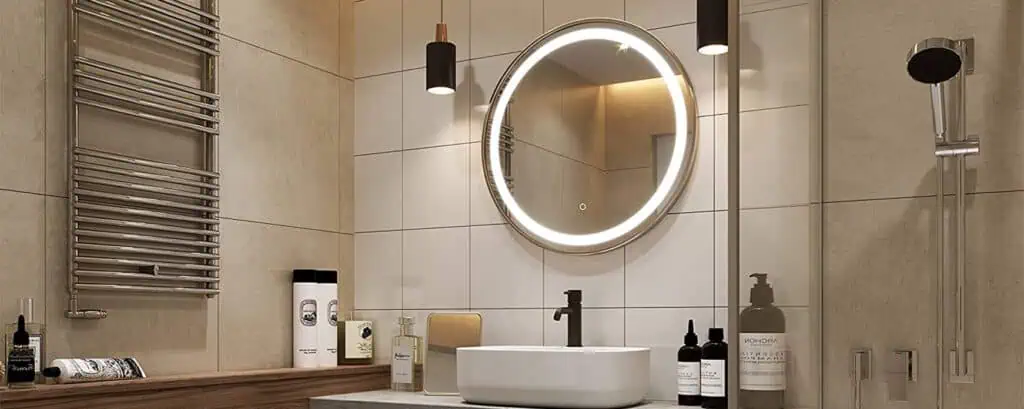
What Are the Most Common Certifications of Purchasing LED Mirrors?
You can’t overstate the importance of certifications when purchasing LED mirrors for resale or large projects. These certificates not only verify that the products meet safety standards, they also confirm that they are environmentally friendly and meet international market standards. Here are the most common certifications you’ll see for LED bathroom mirrors:
1. CE Certification (European Market)
Purpose: Putting a CE mark on a product is to demonstrate that the product can legally be sold within the European Economic Area (EEA), comply with EU legislation, and meet the health, safety, and environmental protection requirements.
Key Standards: With the CE mark, a product conforms to several EU directives including the Low Voltage Directive (LVD) which ensures the safety of electrical products, and the Electromagnetic Compatibility (EMC) Directive which ensures that the product does not emit electromagnetic interference (EMI) that could disrupt nearby devices. The CE mark also covers environmental aspects including conformity to RoHS standards (see below).
Application: For any LED mirror being sold in the EU, the CE mark is critical. It confirms the product meets all the essential safety and health criteria. Without the CE mark, you cannot sell LED mirrors in the EU. If you are sourcing LED mirrors from outside the EU, you need to verify this certification before importing them to the EU market.
Example: If you are a project manager for a hotel in Europe purchasing LED mirrors, you need to make sure the LED mirrors have the CE mark. That means the electrical components are safe and meet the safety standards in the EU. This prevents product recalls and potential accidents.
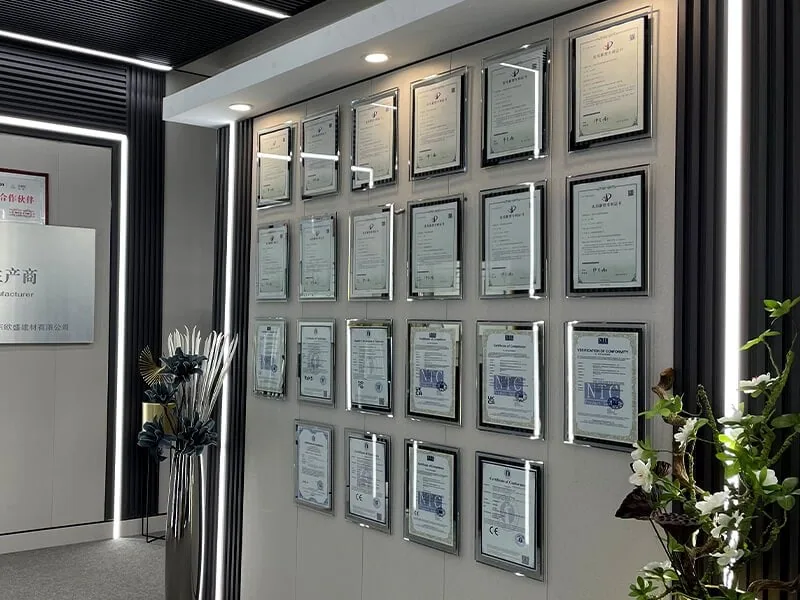
2. UL Certification (United States Market)
Purpose: If you plan on selling LED mirrors in the United States, then you need to have UL (Underwriters Laboratories) certification. This certification ensures your LED illuminated mirrors meet strict safety standards for electrical products.
Key Standards: The UL standards center around fire, electric shock, and mechanical hazards. When you have UL certification, it means your product has been rigorously tested for safety. It ensures things like proper insulation, grounding of electrical components, and overload protection for LED wall mounted lighted makeup mirrors.
Application: LED mirrors sold in the U.S. need to meet UL certification standards to ensure that they are safe. If you are sourcing from outside the U.S., make sure your supplier has UL certification to avoid complications with importing and selling LED mirrors.
Example: If you’re selling LED bathroom mirrors to customers in the U.S., you need to make sure every single LED mirror you sell is UL-certified. This certification ensures that the mirrors are safe and meet U.S. standards and regulations. It’s a big deal because you don’t want legal issues, and you don’t want angry customers.

3. RoHS Certification (Environmental Standard)
Purpose: RoHS (Restriction of Hazardous Substances) certification is about making sure your electrical product is not using a bunch of toxic materials like lead, mercury, and cadmium.
Key Standards: The RoHS standard restricts the use of six hazardous materials in the manufacture of various types of electronic and electrical equipment. For LED lighted mirrors, it means making sure that no hazardous substances are used in the manufacture of the LED lights or other electrical components of the mirror. RoHS compliance is about being environmentally friendly and cutting down on harmful waste.
Application: In the European Union, any electronic product sold must adhere to the RoHS. They don’t have a choice. In the United States, there are similar types of regulations in certain states. You need to make sure before you buy that your LED mirrors are RoHS compliant.
Example: If you’re a project manager for a hotel in the EU that’s purchasing mirrors for your eco-conscious hotel project, then you need to make sure the mirrors are RoHS certified. This certification is about complying with the EU environmental regulations and achieving the sustainability goals of your hotel project.
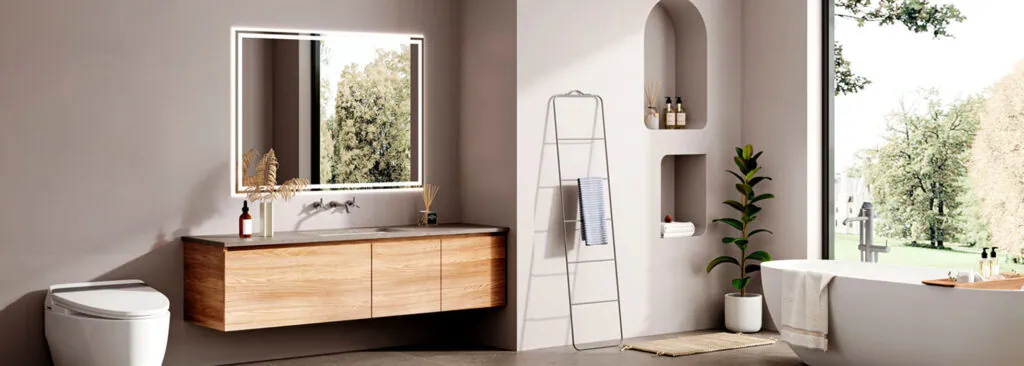
4. FCC Certification (Federal Communications Commission)
Purpose: FCC certification makes sure your electronic product isn’t going to blast people with too much electromagnetic interference (EMI) and mess up their pacemakers or disrupt navigation signals on aircraft.
Key Standards: LED mirrors that have wireless or Bluetooth functionality built-in, have to meet FCC standards on electronic emissions. This makes sure your mirror isn’t going to interfere with anybody else’s devices or mess up any communication systems.
Application: If you’re sourcing LED illuminated bathroom mirrors with smart features, Bluetooth, Wi-Fi, and wireless capabilities, you need to make sure it’s FCC certified.
Example: The project manager for a modern office building or luxury hotel purchasing LED mirrors needs to make sure the LED mirrors are FCC certified because you don’t want the mirrors interfering with your building’s communication systems.

5. SAA Certification (Australian Market)
Purpose: If you’re selling in Australia, you need to have SAA (Standards Australia) certification, which means your product has been tested for safety and meets the electrical safety standards in Australia.
Key Standards: The SAA mark means that LED smart mirrors are safe to use electrically in Australia. Safe equates to satisfying the electrical safety standards of Australia. This covers things like electrical insulation and overload protection and grounding.
Application: If you are purchasing LED touch light mirror to sell to customers in Australia or if you’re a project manager purchasing LED mirrors for a project in Australia, you need to make sure your LED mirrors are SAA-certified. This ensures they meet the electrical safety requirements in Australia.
Example: If you’re selling LED mirrors to customers in Australia, then every single LED backlit vanity mirror you sell needs to be SAA certified. This is important because you don’t want legal issues, and you don’t want little old ladies getting electrocuted when they’re doing their makeup.

How to Perform a Quality Inspection on LED Mirrors?
Certifications matter, but quality control is just as important. You need to do thorough quality control inspections, so you don’t get in trouble, hurt your customers, or sink your business. Here are the most critical quality control inspections to perform on LED bathroom mirrors before you buy them.
1. Visual Inspection
Visual inspection helps you see if there are any physical defects.
What to Check:
Mirror Surface: Check the mirror surface carefully for any scratches, cracks, or other irregularities that could affect the mirror’s reflective quality or safety.
LED Functionality: Turn on the LEDs to make sure they work. Look for any flickering or dead LEDs, as this could indicate a production error where an LED was not installed correctly or was damaged during production.
Frame and Backing: Check the frame and backing of the LED illuminated bathroom mirror for any defects, like dents, scratches, or loose parts. These could affect how long the product lasts and how long you can sell it for.
Why It Matters: You need to look at the LED mirrors to make sure they look the way they’re supposed to look and that there are no defects. This is especially true if you’re selling to customers who are going to expect a very high-quality, perfectly perfect product. For example, people purchasing LED mirrors for a luxury hotel or high-rise apartment building are going to expect it to look perfect.
Example: If you’re a project manager buying for a luxury hotel and you’re getting LED illuminated makeup mirrors, you must look at them to make sure there’s no visible damage or defect that’s going to impact the guest experience.
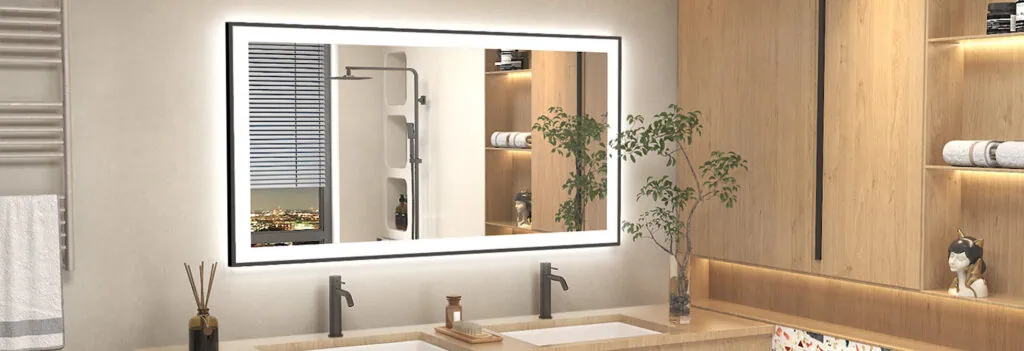
2. Electrical Safety Checks
Purpose: LED electric bathroom mirrors are electrical products, and when you have anything electrical, especially in a high-moisture area like a bathroom, you want to make sure it’s safe. You want to make sure it meets electrical safety standards.
What to Check:
Insulation: You want to make sure all the electrical wiring is insulated so that you don’t have a wire short out and then give somebody an electric shock.
Component Security: LED lights and power supply need to be securely fastened so they don’t get wet and then short out, causing a fire or shock hazard.
Grounding: Make sure the LED glass mirror is grounded correctly so it doesn’t short out and shock somebody during use.
Why It Matters: This is a product that goes in the bathroom. The bathrooms are wet. Wet things conduct electricity. You don’t want people getting electrocuted. You also don’t want mirrors catching fire in your customers’ bathrooms.
Example: You’re a project manager for a new hotel, and you’re sourcing LED smart vanity mirrors for a hotel project. You’re going to check to make sure the mirrors pass the electrical safety check to protect your guests and protect yourself as the project manager.
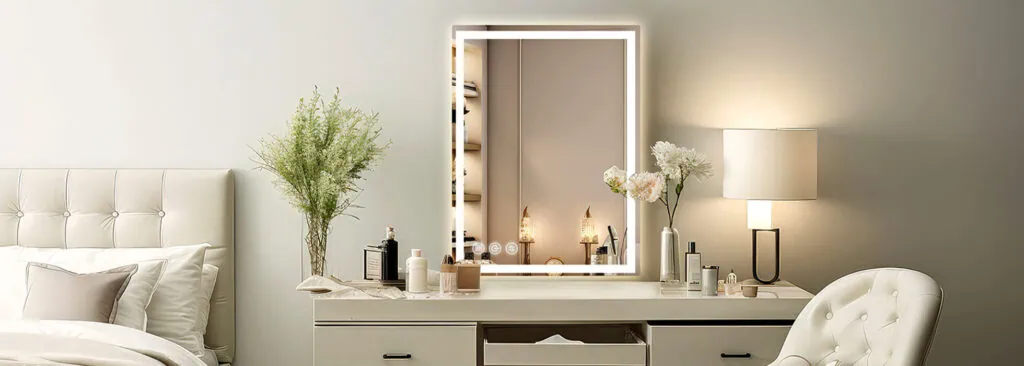
3. Durability Testing
Purpose: Durability testing is about making sure that the mirror is going to last. Especially in something like a hotel bathroom, people are going to be using it all the time.
What to Check:
Material Quality: Inspect the materials used in the mirror and the frame to make sure they’re going to last. For example, you can use high-quality stainless steel for your frame because it’s not going to corrode and it’s going to look great.
LED Lifespan: Find out what the expected lifespan is for the LED lights. A high-quality LED is going to last you at least 30,000 hours.
Water Resistance: Verify that the LED touch mirror is good to go for wet areas, especially for a bathroom. Look for the IP (Ingress Protection) rating to see how well the mirror is going to keep out water and moisture.
Why It Matters: You need to do this because you want to make sure the mirror is going to last. You don’t want to be replacing a bunch of mirrors because they’re failing on you.
Example: You’re a dealer who’s selling LED mirrors to hotels for bathrooms. You’re going to check how well the mirror does with water and how long does it last because you don’t want to be replacing mirrors in hotel bathrooms.
Conclusion
When sourcing LED mirrors for large projects or resale, pay attention to certifications and conduct thorough quality inspections. Prioritizing certified products and quality checks can help you avoid issues such as safety hazards, defects, or recalls.
For hotel or apartment managers, purchasing LED mirrors with the appropriate certifications and conducting quality inspections will protect the safety of your guests and staff. It will also help ensure the long-term success of your project. Likewise, dealers and suppliers can ensure their reputation remains intact by providing the highest quality compliant products to their customers.
So, with these guidelines and certifications to look for (CE, UL, RoHS, SAA), along with conducting quality checks, you can be assured that the LED mirrors you buy are safe, durable, and conform to international standards.
